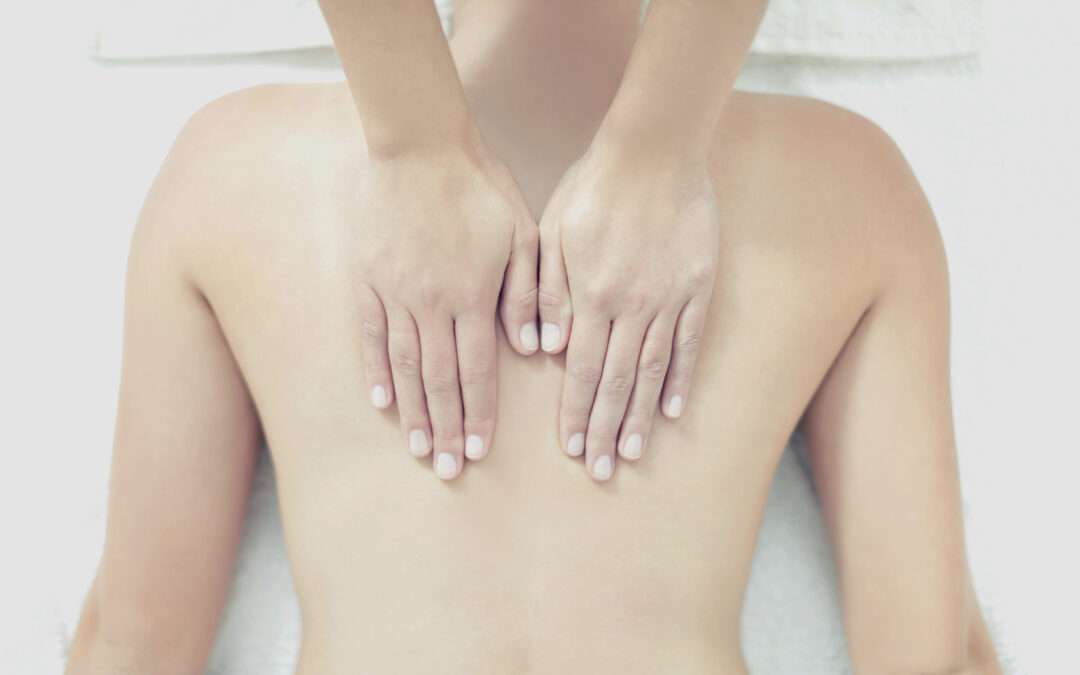By Dr Mike Armour – Research Fellow in Women’s Health, NICM Health Research Institute, Western Sydney University
Content Warning & Disclaimer: This article repeatedly refers to women with endometriosis. Endometriosis Australia recognises that not everyone with endometriosis identifies as a woman. While we are unable to manipulate the results of the research for this blog, we believe the findings may still be found useful to those with endometriosis. Moving forward, we encourage our new research and blogs to be written in gender-neutral language.
Women with endometriosis often don’t get symptom relief from their medications or find the side effects sometimes difficult to deal with. The new study published in BMC Complementary and Alternative Medicine, from researchers at Western Sydney University looked at how women in Australia with Endometriosis used self-management to help deal with problematic symptoms, either from endometriosis itself or sometimes from the side effects of medications. If you were one of the 484 women who answered our survey, thank you so much!
We found that self-management was very common in women with endometriosis, with just over three quarters of women using self-management in the past six months. Women very commonly used heat, rest and meditation or breathing to help them manage their symptoms. Heat was rated as quite effective for most women but there was also a significant risk, with more than one in 10 women reporting issues like getting burns. A possible, safer, alternative to this may be the use of heat patches, which deliver a constant temperature (usually ~38-39 degrees) for 8-12 hours at a time.
Dietary changes were very common and were rated as being effective but there didn’t seem to be one particular choice that worked better for everyone. So you might need to try different options to see which one works for you. The diet with the most evidence for Endometriosis is the FODMAP diet. This isn’t designed to be a diet you stay on forever but might be worth a try to see if it helps your symptoms. We also found that exercise caused ‘flare ups’ in many women. We didn’t collect the type of exercise done, but from other research we expect that starting with more low impact exercise and increasing (if you want) in a graded approach is probably the best way rather than jumping straight into doing 500 burpees a day.
Finally, there was a significant number of women using illicit cannabis to help manage their pain. This was the most highly rated of all the self-management interventions, and women did report being able to reduce other endometriosis related medications. While more research on the effectiveness of medicinal cannabis in endometriosis is urgently needed, we also hope that clearer and quicker pathways to access medicinal cannabis legally through the current access schemes will be forthcoming.
Written by,
Dr Mike Armour,

